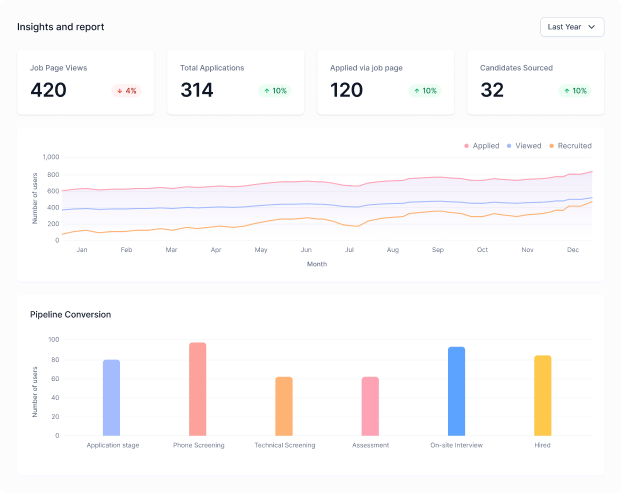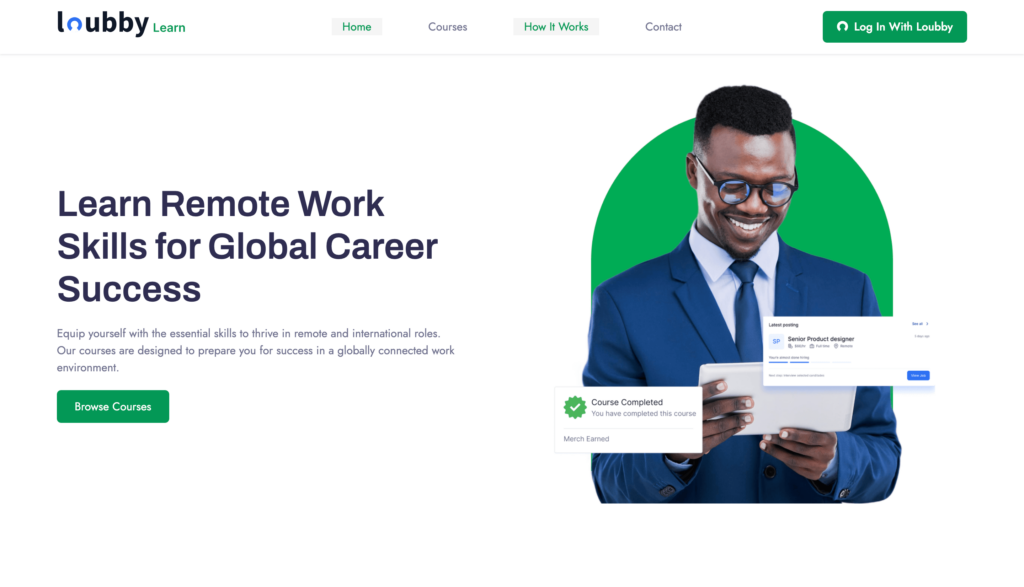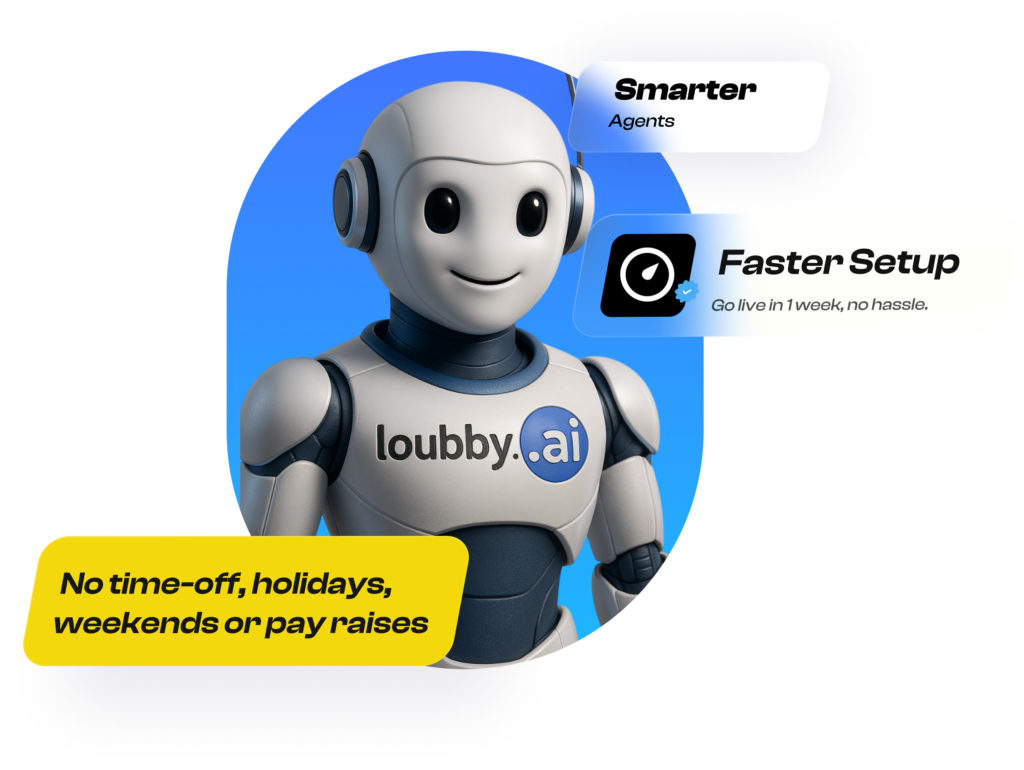Your best developer lives in Nairobi. Your designer works from Cape Town. Your project manager is based in Lagos. You’re juggling calls across time zones and trying to figure out how to manage remote employees without your team’s focus. If you’ve been wondering how to manage remote employees effectively across cities, time zones, and cultures, you’re not alone.
Here’s the thing. Remote work isn’t going anywhere. According to FlexJobs’ Q3 2025 Remote Work Index, 58% of workers want fully remote positions, and 70% say remote work is a top job factor. You can’t fight this trend. You have to figure out how to manage remote employees effectively.
The good news? You can manage remote employees successfully without constant surveillance or complicated systems. It just requires intentionality. You need clear processes, the right tools, and a mindset shift from “watching people work” to “measuring what they produce.”
This guide walks you through practical strategies that actually work. No fluff. No theory. Just what you need to keep your remote team connected, productive, and engaged.
Why Managing Remote Employees Feels Different
When your team sits in the same office, you pick up on things automatically. You see who’s stressed by their body language. You overhear conversations that tell you projects are off track. You can tap someone on the shoulder for a quick question.
Remote work removes face-to-face cues like facial expressions and body language. You don’t know if someone’s struggling unless they raise their hand. Quick questions that used to take seconds now become scheduled meetings. Research shows that 21% of employees are concerned about proximity bias, the unconscious tendency to overlook remote workers for opportunities compared to their in-office peers. This bias creates challenges for remote employee visibility and career growth.
When you manage remote employees, you’re forced to measure what matters: output, quality, and impact. Once you accept that shift, remote management becomes simpler.
Set Clear Expectations When You Manage Remote Employees
The biggest mistake managers make with remote teams is assuming everyone knows what’s expected. They don’t.
Start by defining working hours and availability. You don’t need everyone online at the same time, but you need overlap for collaboration. Document when team members should be available and when they can work asynchronously.
Next, clarify responsibilities and goals. What does success look like in this role? Write this down. Share it. Make sure everyone understands not just what they’re doing, but why it matters.
Communication protocols matter too. Which tool do you use for urgent issues? Where do project updates go? Creating these norms prevents confusion and reduces the mental load on your team.
Loubby AI’s organizational structure tools help you visualize roles, responsibilities, and reporting lines clearly. When everyone can see how their work connects to the bigger picture, accountability improves naturally.
Pick the Right Communication Channels
Not every conversation needs a video call. Not every update requires a meeting. Studies show that 77% of remote workers find constant notifications distracting.
Here’s a simple framework: Use asynchronous communication for updates, decisions, and anything that doesn’t need an immediate response. This respects different time zones and lets people respond when they’re ready.
Use synchronous communication for complex discussions, sensitive topics, or anything that benefits from real-time interaction. Document decisions in writing. If you made a choice in a meeting, write it down somewhere that everyone can access.
How to Manage Remote Employees: Focus on Results, Not Hours
Research from Neat reveals that 35-40% of remote employees report higher productivity, with 79% experiencing lower stress and 82% enjoying better mental health. The key to unlocking these benefits? Stop obsessing over when your team members are online and prioritize what they accomplish instead.”
Set clear, measurable goals for each team member. What should they accomplish this week? This month? Make these goals specific enough that both of you can tell if they’ve been met.
Weekly check-ins work better than daily status updates. Use these meetings to discuss progress, remove blockers, and adjust priorities. You’re not checking if someone worked eight hours yesterday. You’re checking if they’re on track to hit their goals.
Loubby AI’s performance management tools let you set goals, track progress, and give feedback without micromanaging. You get visibility into what’s getting done without watching over people’s shoulders.
Build Trust When Managing Remote Employees
Trust erodes fast in remote teams if you’re not careful. When people can’t see what’s happening, they fill in the gaps with assumptions. Usually negative ones.
Share company updates openly and regularly. What’s going well? What’s not? When employees understand the bigger picture, they feel more connected and engaged.
Hold regular one-on-ones that go beyond task updates. Ask how people are doing. What’s frustrating them? These conversations build relationships and surface problems before they become crises.
Model the behavior you want to see. If you want your team to take breaks, take breaks yourself. Remote teams take cues from leadership more than in-office teams do.
Make Time for Real Connection
23% of remote workers cite loneliness and lack of community as their biggest challenge. Virtual coffee chats, pairing team members randomly for no-agenda 30-minute video calls, help humanize coworkers. Celebrate wins publicly by acknowledging achievements and personal milestones to cultivate a culture that values people, not just productivity.”
Virtual coffee chats work well. Pair people randomly for 30-minute video calls with no agenda. They can talk about work or not. The point is to see each other as humans, not just coworkers on a screen.
Celebrate wins publicly. When someone does great work, acknowledge it where the whole team can see. Remember birthdays, work anniversaries, and personal milestones. A simple message shows you see people as individuals, not resources.
Respect Boundaries and Prevent Burnout
Nearly half (47%) of remote workers struggle to separate work from personal life, according to recent studies. Without the physical cues of a commute or office closure to mark the end of the workday, many find themselves working longer hours, increasing the risk of burnout.”
Model healthy boundaries. Don’t send messages late at night or on weekends unless it’s truly urgent. Create no-meeting blocks. Protect chunks of time where your team can do deep work without interruptions.
Watch for warning signs. Is someone always online? Do they respond to messages at midnight? Check in and make sure they’re okay. Encourage your team to take their paid time off.
Give Feedback Often and Specifically
According to HR Morning, 60% of managers find performance reviews more challenging with remote teams. Waiting for annual reviews doesn’t work.
Real-time feedback works better. When someone does something well, tell them immediately. When something needs improvement, address it quickly. Be specific. “Great job on the presentation” is nice but vague. “Your presentation was clear and well-organized” gives actionable information.
If someone isn’t meeting expectations, don’t wait to address it. Document your expectations clearly. What specifically needs to improve? By when? Schedule regular check-ins to monitor progress.
Best Tools to Manage Remote Employees
Research shows that 75% of remote workers say their remote working tools need improvement. The wrong tools make remote work harder. Too many tools create chaos.
You need time tracking, project management, video conferencing, and an HR platform. Loubby AI’s attendance and time tracking system lets you see who’s working without surveillance. People log their hours. You get visibility without micromanaging.
Integration matters. If your tools don’t talk to each other, you waste time moving data between systems. One fintech founder managing a distributed team across time zones was drowning in scheduling conflicts and inbox chaos. After implementing Loubby AI’s workflow automation, they reclaimed over 20 hours per week just from streamlined calendar management.
How to Onboard Remote Employees Properly
The first 30 days set the tone for how a new hire feels about your company. If their onboarding is chaotic, they start doubting their decision to join.
Send welcome emails automatically with instructions, access links, and what to expect. Walk new hires through paperwork digitally so nothing gets lost. Assign a buddy or mentor to help them settle in. Set up check-ins at 30, 60, and 90 days to track progress.
Loubby AI’s onboarding automation ensures nothing falls through the cracks. New employees get what they need when they need it. Companies with strong onboarding programs improve retention by 82%.
Stay Compliant Across Borders
If you’re hiring remote employees in different countries, compliance gets complicated. Each region has its own labor laws, tax requirements, and employment regulations. You need to track working hours correctly, classify employees versus contractors properly, and handle taxes accurately.
Loubby AI handles payroll and compliance across African countries automatically. You don’t have to worry about missing a regulation or filing deadline.
Common Mistakes When Managing Remote Employees
Even experienced managers make these mistakes when managing remote employees:
Overcomplicating things: You don’t need a different tool for every task. Start simple and add complexity only when necessary.
Ignoring employee feedback: Your team uses these processes every day. If something isn’t working, listen to them.
Skipping one-on-ones: Individual meetings feel like a luxury when you’re busy. They’re not. They’re how you stay connected and catch problems early.
Waiting too long to address issues: Distance makes it easier to avoid difficult conversations. Don’t. Problems don’t fix themselves.
Why Loubby AI Works When You Manage Remote Employees
If you need better systems to manage remote employees, Loubby AI offers everything in one place. You get recruitment tools, an applicant tracking system, onboarding automation, time tracking, performance management, and payroll all designed to work together.
The platform handles local compliance, payment routes, and workforce management across Africa. You also get access to pre-vetted talent through our marketplace. Check out our case studies to learn how businesses like yours are managing distributed workforces.
Conclusion
To manage remote employees successfully, you need intentionality, not control. You can’t see what people are doing all day. You shouldn’t try.
Focus on clear expectations, regular communication, and measuring results. Trust your team to do their work. Give them the tools and support they need to succeed.
When you get this right, remote work isn’t a compromise. It’s an advantage. You access better talent. Your team gets flexibility. Your business saves money on overhead.
If you’re ready to build systems that make remote management easier, book a demo with Loubby AI and see how the platform can help you hire, manage, and pay your team. You can also explore pricing options to find a plan that fits your needs.







